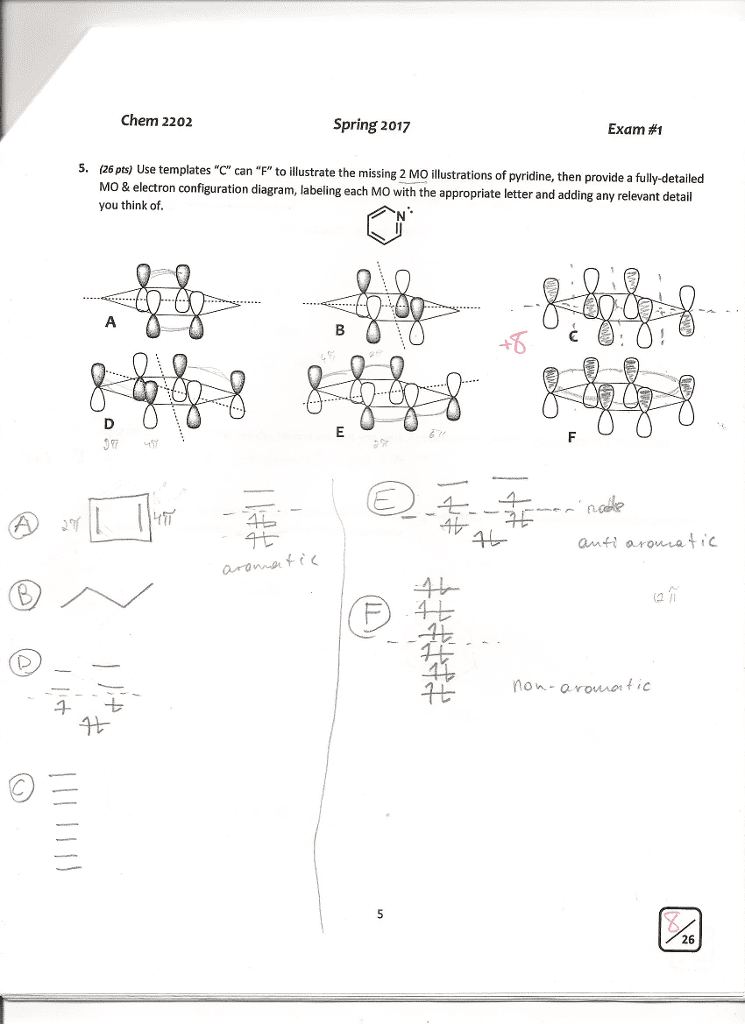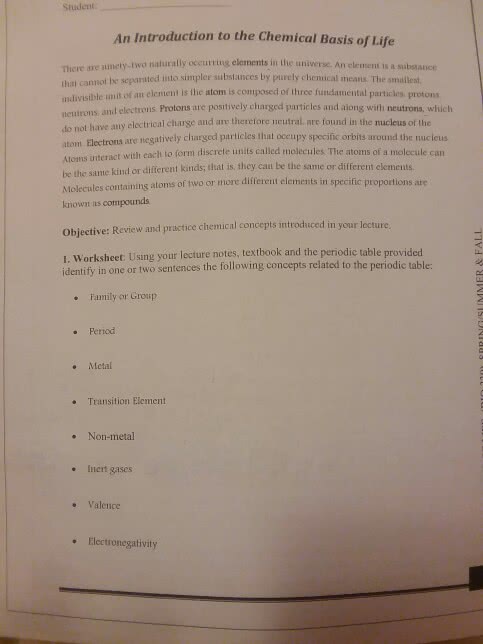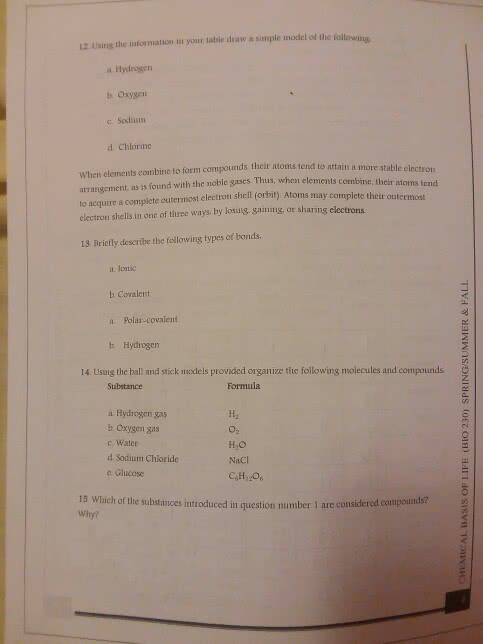CHEM 1000- Final Exam Guide - Comprehensive Notes for the exam ( 25 pages long!)
Document Summary
Get access

Related textbook solutions
Chemistry: Structure and Properties
Basic Chemistry
Principles of Chemistry Molecular Approach
Principles of Chemistry Molecular Approach
Chemistry: Structure and Properties
Chemistry: A Molecular Approach
Chemistry: A Molecular Approach
Principles of Chemistry: A Molecular Approach
Chemistry: The Central Science
Related Documents
Related Questions
Write about blancing chemical equations using linear algebra
Topic: Balancing chemical equations
https://www.wikihow.com/Balance-Chemical-Equations-Using-Linear-Algebra
Paper Specifications:
The writing component is minimally a five-page single space paper in size 12 font. The paper is expected to be written clearly and be free of grammatical mistakes in either the APA or IEEE format. The paper must include:
An abstract that gives a clear, concise description of the paper in less than 100 words. â¨
At least two pages that serve as an introduction to topic being discussed. Included in this introduction should be precise definitions and examples to help clarify any new concepts. The audience for this paper will be your peers, so make sure you write at an appropriate level. â¨
A few problems/examples completed and clearly written up. Make sure that you work a number of your own examples and don't just follow examples provided in your sources. The solutions need not be shown in there entirely, but must include a few key steps as well as an explanation of what the computation means. â¨
At least one additional (and interesting) application or example of this topic that was not found within the textbook. Be sure to cite youâre outside source using APA or IEEE style in your paper. â¨
A work cited page in either APA or IEEE style that is absence of questionable/inappropriate sources. â¨
| Criteria | |||||
| Introduction | *well developed; thoroughly explains the problem/process *process clearly presented with lots of mathematical examples & reasoning *needed definitions/ theorems are given | *fairly well developed *informs the reader of problem/process *process clearly presented with mathematical support | *little development *minimal information about problem/process *process not clearly presented and has little mathematical support | *little written *confusing or inaccurate *not all needed definitions/theorems given | |
| Mathematical Details | *proper mathematical reasoning employed & explained *key steps shown with an appropriate level of detail *lots of mathematical terminology correctly used | *some specific mathematical details that adequately explain *most key steps are included with a few unnecessary computations *mathematical terminology used correctly | *either wrong or irrelevant details given *too many confusing computations & steps provided *some mathematical terminology, but not used correctly | *no details given *no mathematical terminology | |
| Writing Organization & Style | *clearly organized throughout *clearly guides the reader through the process using words such as âfirstâ, ârecallâ *transitions given between paragraphs | *organized most of the way through *usually guides the reader through the process *some transitions given between paragraphs | *little organization *often does not guide the reader | *no organization evident *does not guide the reader | |
| Citations | *complete bibliography correctly formatted with reputable sources *references appropriately made throughout the paper | *bibliography included with appropriate sources but not correct formatting *sources referenced | *bibliography includes sources that are not appropriate *sparse references without proper APA or IEEE format | *bibliography not included *no sources are references in the text | |
| Completeness, Citations & Form | *abstract is clear, concise, and less than 100 words *name & reference figures, tables and equations *all paper specifications are thoroughly satisfied | *abstract is is clear but does not accurately represent the paper *many references to tables, figures, etc were understandable *paper specifications met | *abstract is not clear & does not represent the paper *internal references made in the paper to tables, etc *most paper specifications are met | *abstract is poorly written and does not accurately represent the paper *tables, equations, figures, or paragraph formatting was confusing *not all paper specifications were met |



